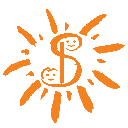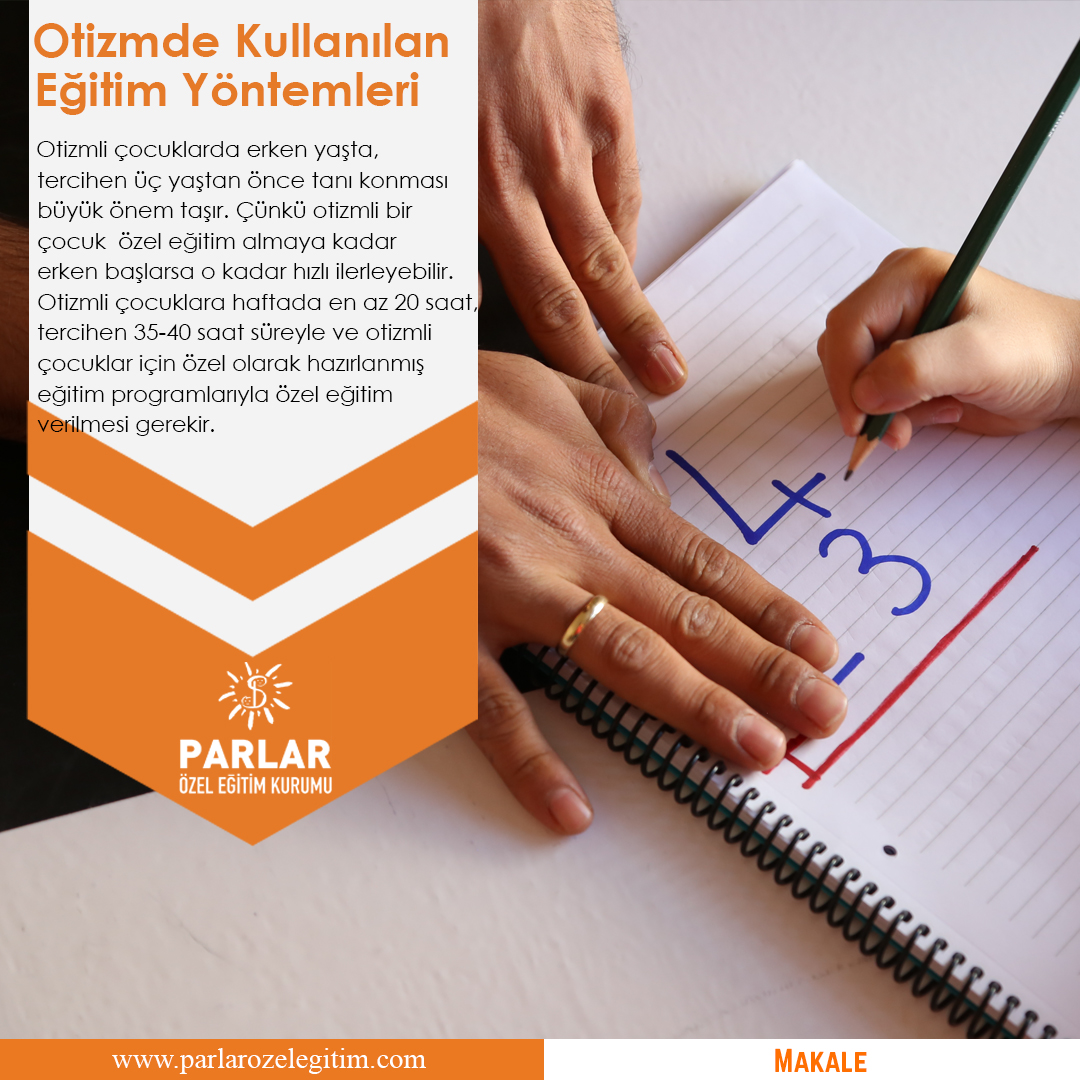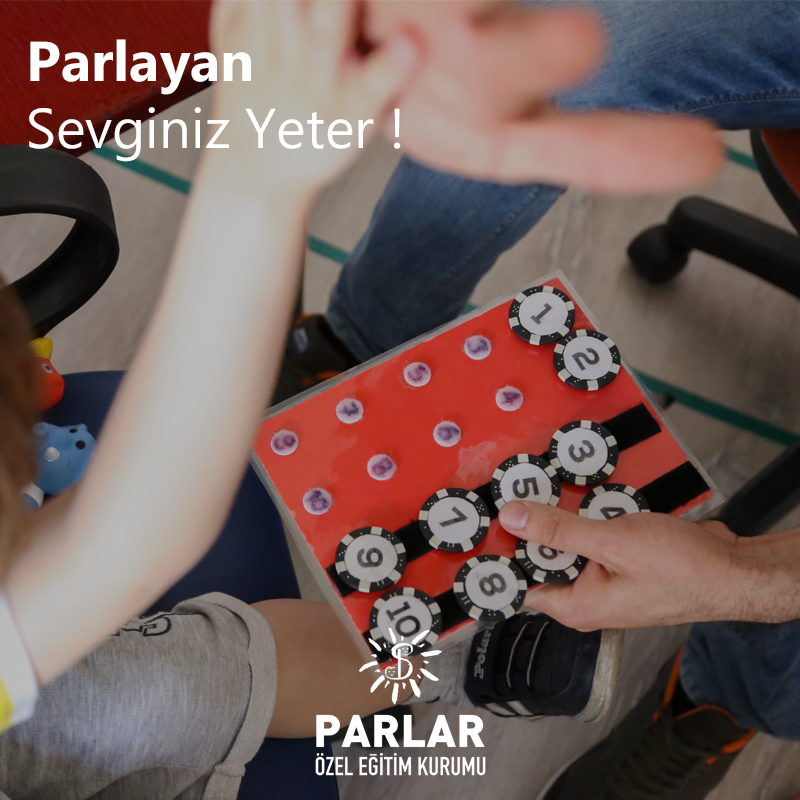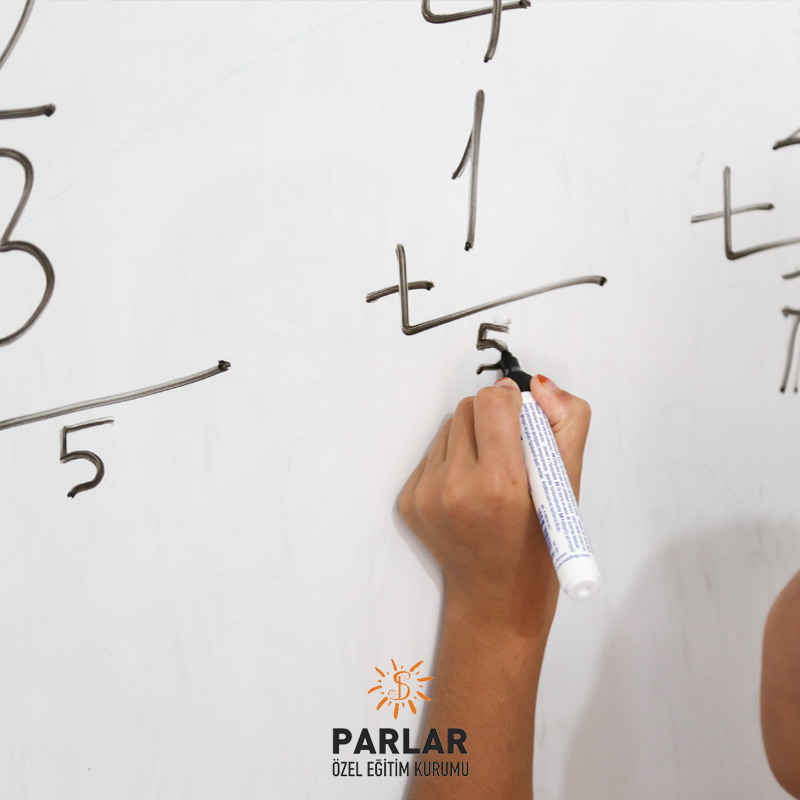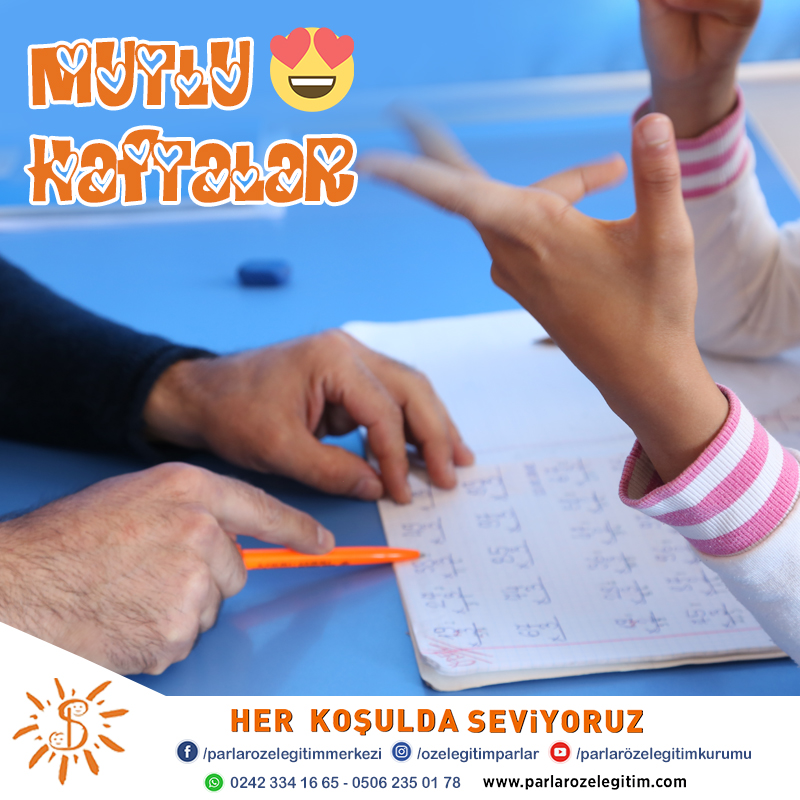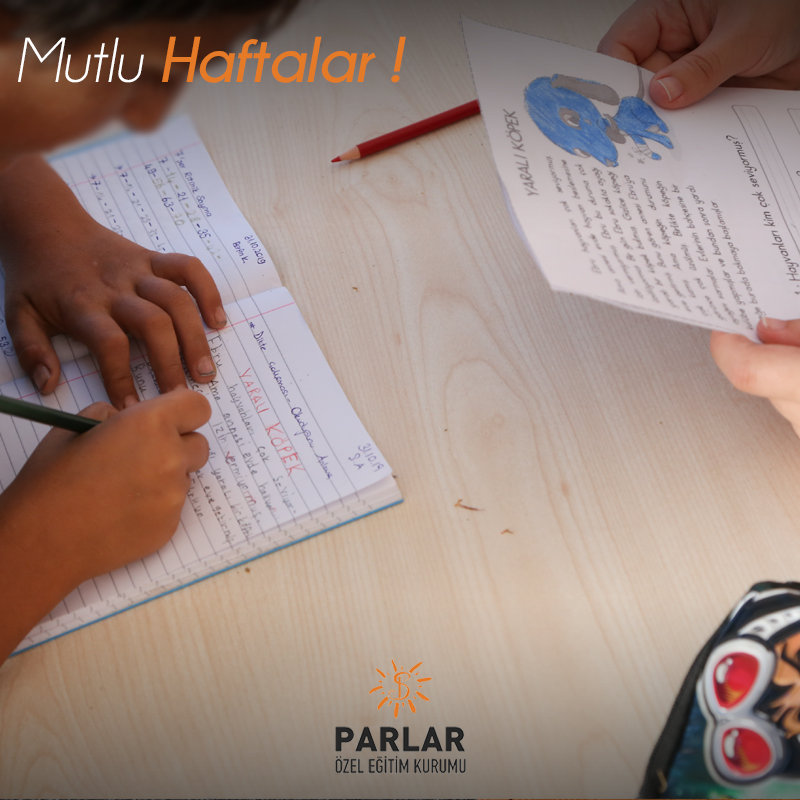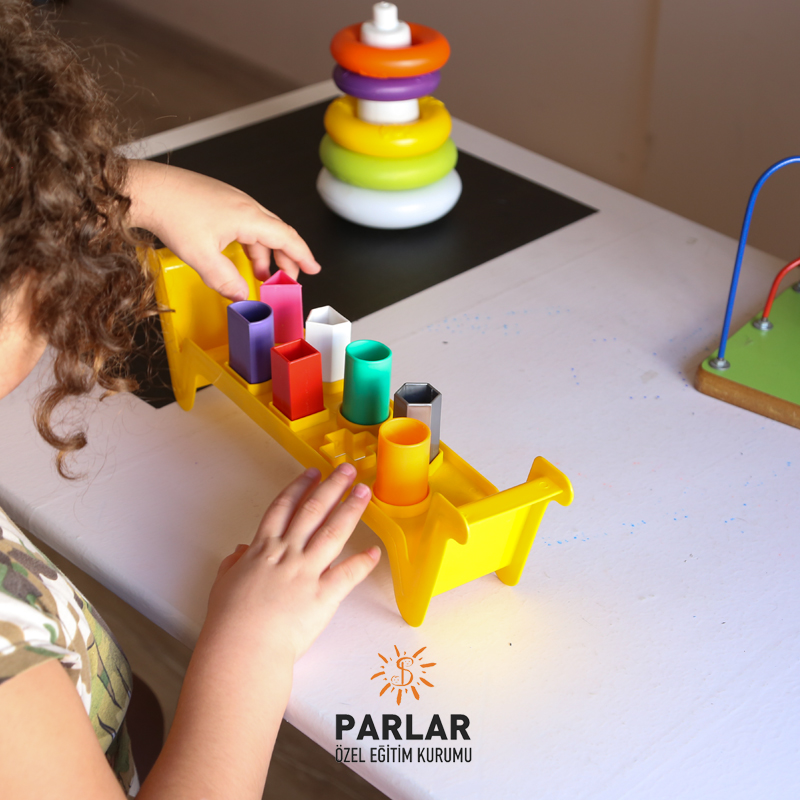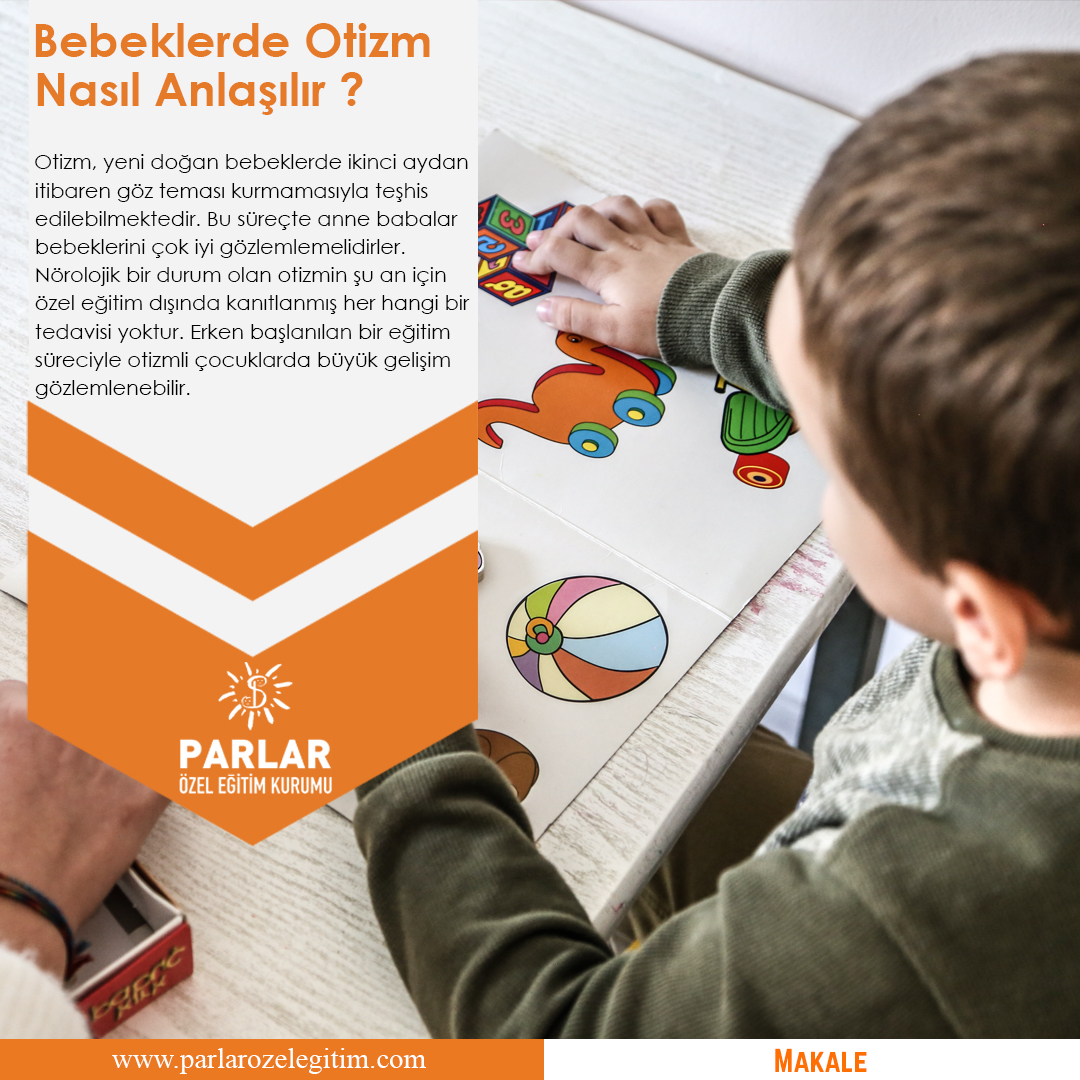- The program was prepared taking into account the developmental characteristics, educational needs and priorities of individuals of all ages in the Common Developmental Disorders diagnostic group.
GENERAL PURPOSES OF THE PROGRAM
With this program, individuals;
1. To develop basic mapping and imitation skills that are a prerequisite for the development of functional skills,
2. To improve their ability to initiate and maintain social interaction,
3. Improve receiver and expressive language skills,
4. Improving their communication skills,
5. Gaining the skills to organize with independent work and functioning,
6. Improving self-care and daily life skills,
7. To improve their academic skills
8. They are expected to improve their participation in social life and social cohesion skills.
Common developmental disorders (YGB) are a spectrum disorder that includes delays in the development of multiple basic functions such as socialization and communication. The most common developmental disorder in this group is autism. Other disorders in this range are Rett Syndrome, Childhood Disintegrative Disorder, Asperger's Syndrome and Otherwise Unnamed Disorder (Atypical Autism).
It is possible for individuals with YGB to receive a quality and qualified special education service that lasts a lifetime, including work and vocational training programs in adulthood starting from early childhood, by increasing and diversifying the number of functionally planned training programs according to the type, degree, age and characteristics of the individual, needs of the disorder.
Common developmental disorder is a general diagnostic group that includes multiple disorders and has inadequacy in the areas of social interaction, language development and behaviour that begins in early childhood. Behavioural problems include iterators, limited interests and behaviours. These situations affect many areas of development, giving raise to persistent and ongoing dysfunctions.
Prior to 1980, common developmental disorders in the classification of the American Psychiatric Association were classified as a sub-type of childhood schizophrenia. In 1994, the American Psychiatric Association classed common developmental disorders as a group of five disorders. They're like, "I' 1. Autism 2. Rett Syndrome 3. Disintegrative Disorder of Childhood 4. Asperger's Disorder 5. It is a Common Developmental Disorder (Atypical Autism) that is not otherwise named. They're like, "I' 1. Autism 2. Rett Syndrome 3. Disintegrative Disorder of Childhood 4. Asperger's Disorder 5. It is a Common Developmental Disorder (Atypical Autism) that is not otherwise named.
Common Developmental Disorders
Autism
Autism is considered a neuropsychiatric disorder that begins early in life and lasts a lifetime, showing characteristics such as delay and deviation in social relationships, communication, behaviour and cognitive development. The best known of common developmental disorders is autism (also known as Infantile autism) and is characterized by disorders in mutual social interaction, verbal communication and stereotypical behaviour patterning. The concept of infantile autism was first brought into the medical literature by Leo Kanner in 1943, and the term was used until 1980.
The term autism has been replaced over time by the term autism spectrum disorders. Autism spectrum disorders are synonymous with common developmental disorders(PDD) and are used in the sense of advanced and complex developmental inadequacy. Autism is only one of the categories under this classification.
Autism spectrum disorder is thought to be caused by neurological causes. In a significant number of individuals diagnosed with autism spectrum disorder (approximately 35%), neurological problems such as seizures, involuntary movements, loss of consciousness, etc. may also occur due to abnormal electrical movements in the brain. Autism spectrum disorder is not a mental illness, but its symptoms may evoke some mental illnesses. Scientific research has shown that autism spectrum disorder is not associated with child rearing characteristics or socioeconomic characteristics of the family.
There are findings that autism spectrum disorder may be hereditary, but the genes or genes that lead to it have not yet been found. In previous years, the incidence of autism spectrum disorder is considered to be one in 500, while according to recent data, autism spectrum disorder is thought to affect about one in 150 children. In addition, its prevalence in boys is four times that of girls. Contrary to popular belief, in the majority of individuals diagnosed with autism spectrum disorder, different levels of mental retardation occur. In addition, certain areas can be much further back in intelligence tests compared to other areas.
In very few individuals diagnosed with autism spectrum disorder (about 10%), superior properties such as very strong memory, musical ability, etc. are found. According to the DSM-IV-TR (Diagnostic and Counting Manual of Mental Disorders) guidelines published by the American Psychiatric Association in 2000, at least six of the following symptoms must be seen in order to diagnose autism, which is included in common developmental disorders. In addition, at least two of these symptoms must be from the category of social interaction problems, and at least one must be from the other two categories (communication problems and limited/recurring interests and behaviours). Another condition is that at least one of these symptoms appeared before 36 months. There are different criteria for other categories under the autism spectrum disorder umbrella. The following are the details of each symptom:
a. SOCIAL ACTIVITY PROBLEMS
Inadequacies in non-verbal behaviours required for social interaction
• Unusual eye contact features: Not to make eye contact at all, to install it for a very short time or to install it in an unusual way. For example, suddenly staring into the eyes of the other person and missing them.
• Limited use of gestures and gestures: Using very few gestures and gestures when speaking.
• Unusual features in approaching others: Not being able to adjust the distance required by social environments: Staying too close or too far away from others.
• Unusual in the use of sound: Showing unusual sound quality and accent characteristics when speaking.
Inability to develop age-appropriate peer relationships
Inability to develop age-appropriate peer relationships
• Not interacting with peers: Being very reluctant to play, talk, etc. with their peers. For example, to interact only with people who are too small or larger than him.
• Develop relationships based on special interests only: Interacting with certain people only on the basis of certain interests (favourite topics).
• Develop relationships based on special interests only: Interacting with certain people only on the basis of certain interests (favourite topics).
Limited pleasure, success or sharing of interest with others
• Preferring to be alone: Preferring to do many things (watching TV, eating, playing games, etc.) alone, which others usually do with family members or friends.
• Not to make an effort to attract the attention of others to certain events or situations. For example, if you want to use not pointing to others in the face of an amazing situation, not sharing it with others when you achieve something, etc.
• Not reacting in the face of verbal praise: To react little or no reaction to the words of praise or verbal endorse ions directed at him by others. For example, showing no signs of discontent.
Limited social-emotional behaviours
• Being unresponsive to other people's attention: Not reacting when someone calls out to them or wants to make an impact with them, pretending they don't hear or notice.
• Apathy towards what others are doing: To be disinterested in some events that are very interesting to other children, such as someone entering the environment, someone coming out of the environment, someone starting to talk; in such cases, not to show expressions of discontent, such as smiles or crying. • Inability to understand the feelings of others: To be insensitive to people who are sad, crying, angry, happy, etc. For example, not trying to comfort a sad one.
b. COMMUNICATION ISSUES
Delay in language development
• To be over two years old and not say a word.
• Not to use simple two-word phrases ('Go dad.' etc.) over the age of three.
• To use a simple grammar structure or to continue repeating certain mistakes after you start speaking.
Difficulty in mutual conversation
• Show significant problems in initiating, maintaining, and ending conversation: for example; to continue the conversation in the form of a long monologue and ignore the comments of those who are against it once.
• Selectivity in speech topics: Speaking very difficultly and reluctantly on topics other than their favourite topics.
Use of unusual or duplicate language
• Repeating what others have told them.
• Repeating what you hear on TV or read from books at unrelated times and out of context.
• Repeating words that he made up or that only made sense to him.
• Show extreme official and didactic speech characteristics.
Game that is not suitable for developmental level
• Limitedness in scripted games: Not playing imaginary games such as housemaking, schooling, doctoring, etc. with toys.
• Limitedness in symbolic games: Not to play games using an object as another object (such as a cube as a microphone, etc.).
• Playing with toys in unusual ways. For example, if you want to use instead of bouncing the ball, you can constantly hit it with one hand, put legos together and line them up instead of doing things, etc.
• Apathy to social games: Not to show interest in social games such as peekaboo’ etc. when you are young.
c. LIMITED/REPESURING INTERESTS AND BES
To have intense and extraordinary interests in limited space
• Obsessions with interest: To be overly interested in some subjects and to constantly talk about, read, deal with, etc. by excluding other topics.
• Overly interested in some unusual topics. For example, if you want to use astrophysics, plane crashes or irrigation systems.
• Remembering the finer details about the topics of interest: To know even the finest details about their favourite topics by heart.
Extreme insistence on certain patterns and routines
• Wanting to do certain activities in a certain order at all times: For example, always close the doors of the car in the same order.
• Asking for no changes to daily routines. For example, if you want to use Always follow the same route on the way home, or when you come home, turn on the TV and then go to the bathroom.
• Overreading in the face of changes in daily life: Being overly concerned or having a tantrum in the face of the slightest change.
• Need to be informed in advance about the changes that will occur in order to more easily accept the changes.
Repetitive (self-stimulating) behaviours
• Unusual body movements: Walking at your fingertips, walking very slowly, turning around your own axis, swinging where it stands, having a different body posture, etc.
• Unusual hand gestures: Waving your hands, moving your fingers in front of your eyes, keeping your hands in different shapes, etc.
Unusual interests and obsessions with objects
• Using objects for extraordinary purposes: For example, turning the wheels of the toy car or turning the doll's eyes on and off, etc. repeatedly.
• Over-interested in the sensory properties of objects: for example, sniffing every object he picks up or examining it by holding it in front of his eyes and keeping it in view and turning it around.
• Over-interest in moving objects: for example; looking at rotating objects such as wheels or propellers, fast-moving images such as running water or flashing light for long periods of time.
• Object obsessions: Not wanting to let go of or take away some unusual objects (an eraser or a small piece of chain, etc.).
